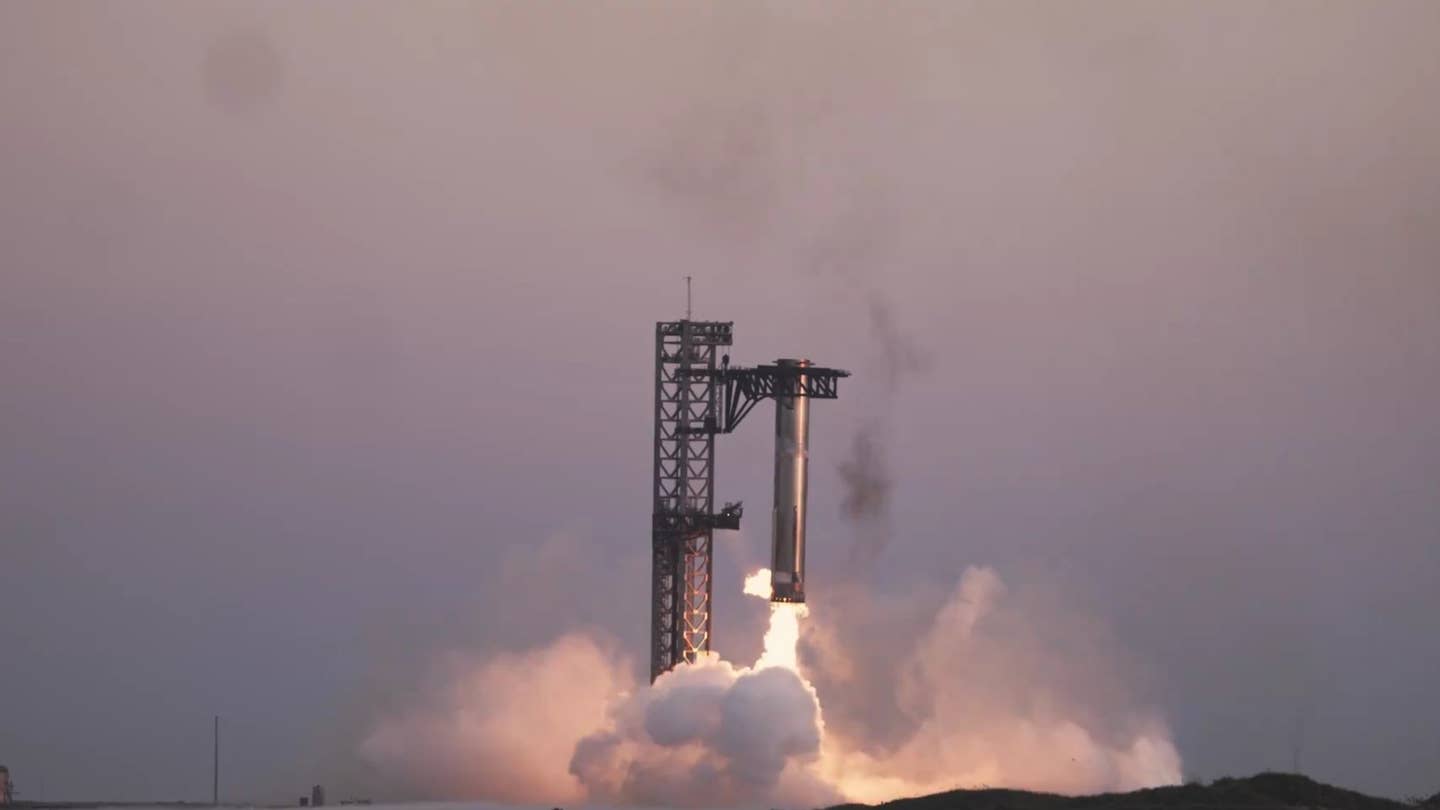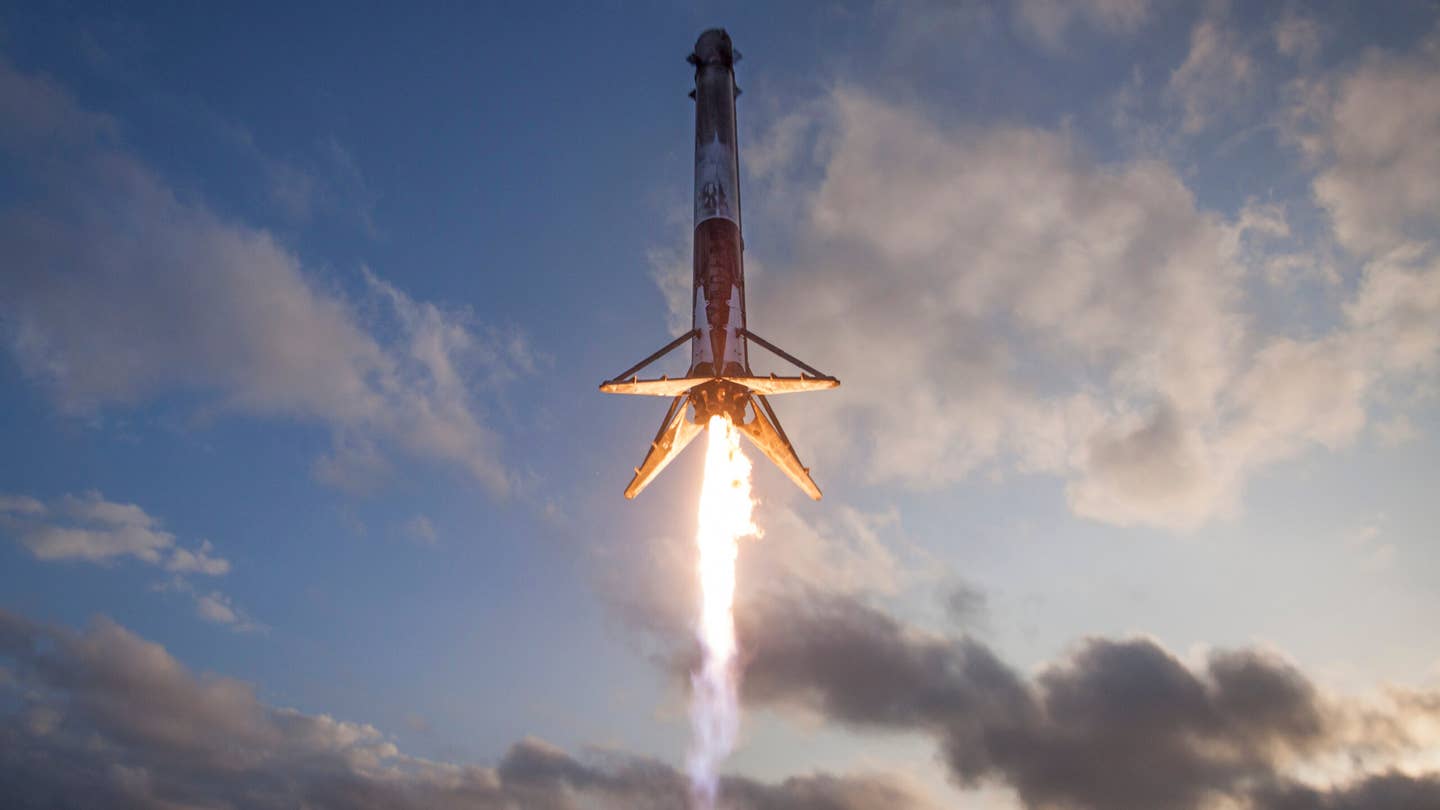
Just as aviation fuel prices have begun to descend below the stratosphere, new concerns are emerging about regulating lead content. With the Environmental Protection Agency citing new mandates this summer to the Clean Air Act designed to cut toxic metal content in the air, the AOPA is proactively presenting general aviation as a tiny contributor to air pollution. According to the pilot group, piston-powered aircraft (using 100LL fuel) contribute 0.13 percent of greenhouse gases to the atmosphere. AOPA also cited the NextGen air traffic initiative and advancing technologies in general aviation, such as lighter composite airframes and full authority digital engine controls (fadec), as lowering emissions yet further in years to come. As evidence of the economic sensitivity that any new environmental regulation might have on general aviation, AOPA cited the recent spike in fuel prices, during which flying hours fleetwide decreased by 9 percent. AOPA wrote: "Any EPA regulation that results in a direct cost to GA will have a similar negative effect on the industry." AOPA measured GA's direct and indirect contribution to the national economy as $150 billion.

Sign-up for newsletters & special offers!
Get the latest FLYING stories & special offers delivered directly to your inbox






